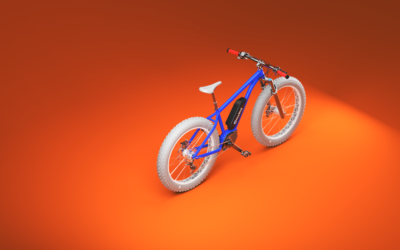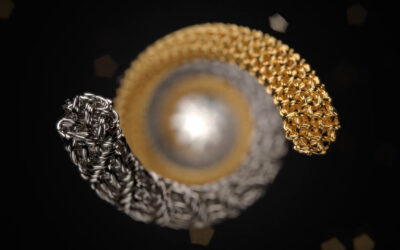Richard Feldman brought up a great question on the forum. What makes real real? If you’re going for as realistic an image as possible, KeyShot is certainly up to the task. And, besides doing something like putting a leather material on a car body, there are certain items to note that can really make the difference between real and not-so-real. First, let’s take a look at this car. Can you figure out which one is real and which one is fake?
Here they are next to each other…

Here they are larger. Which is real?

It’s actually a trick question. They’re both real. However, the second image was modified in Photoshop to add some effects that, I think, make renderings look less real than the real thing.
1. Perspective
This can be hard to nail down. The car in the second image has the perspective shifted just slightly. Just enough to make it look ‘close enough’ which is how it’s often approached with a rendering. Deep perspective can make a rendering look sharp on a solid background, but when your object is placed inside an environment or is using a backplate, it’s crucial to get the perspective correct. Fortunately, KeyShot has a grid option you can turn on in the Environment setting to help out with that.
2. Depth of Field (DoF)
A blurred background can bring out the detail of an object, but too much, and even the use if it at all, can make the image look less real. (Remember: In camera terms, increasing the aperture size or moving closer to an object, decreases the depth of field, i.e. makes your foreground/background more blurry.) Make sure the backplate you use has the right DoF for the position of the object you’re rendering. You can also set DoF in KeyShot Camera options, which is very useful when working with multiple objects in your stage.
Lighting
Last, but not least, lighting. The fake picture above had the color adjusted on the car to make the material and lighting not match the scene. It’s a pretty drastic difference, but even a little bit of a different hue and a rendering can look totally off. If you have doubts about the lighting or material, take a look at some images or take some photos yourself in similar lighting conditions. The difference may be just a touch more specular, bringing the environment in a little closer or adding some surrounding geometry to apply an emmisive material to.
What do you think? What makes real real?








0 Comments